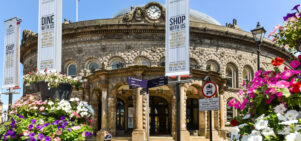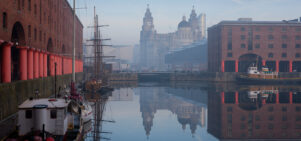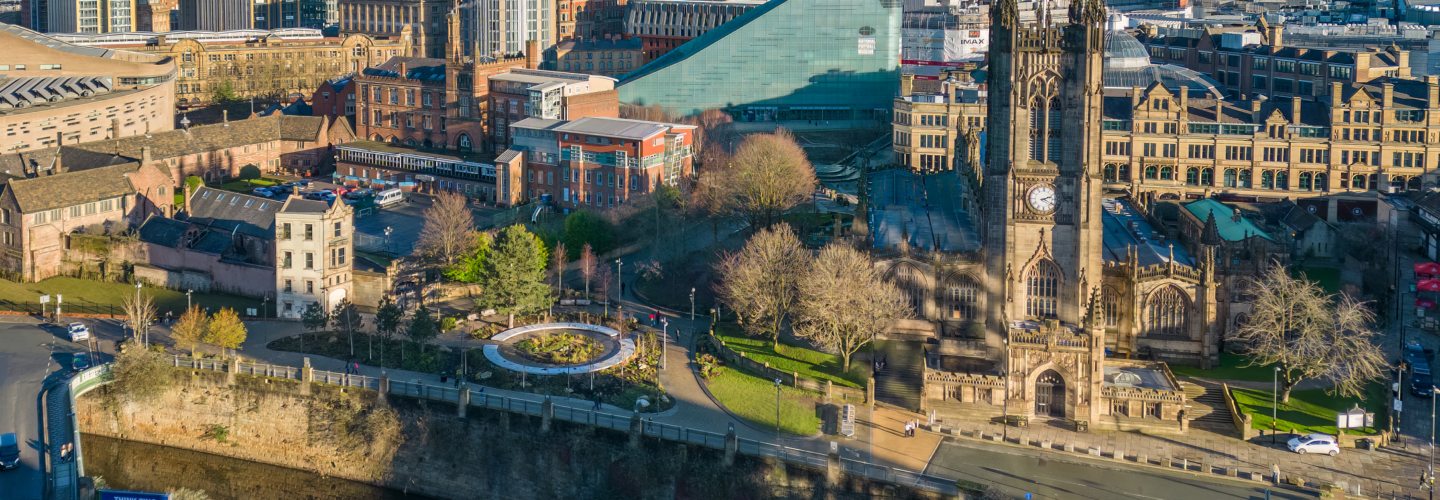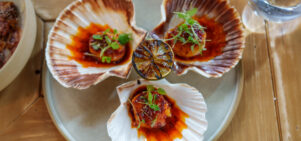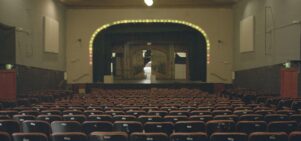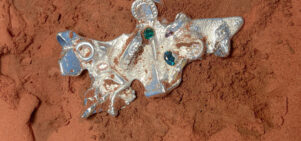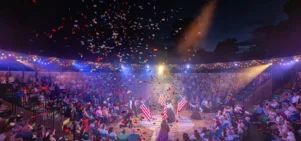International Women’s Day: From art attacks to rebel MCs
Amy RobertsAn attack at Manchester Art Gallery 100 years ago is as inspiring now as it was shocking then.
On 3 April 1913, when three Suffragettes attacked Manchester Art Gallery and proceeded to smash up the biggest and most valuable works in the room, a predictable amount of outrage followed. Of the many militant protests the Suffragettes committed, this was one of the most audacious. Art institutions – and galleries, in particular – have always felt sacrosanct. They are, after all, the spaces that celebrate and preserve the importance of self-expression. However, art institutions are also preservers of tradition, one that has historically been biased towards men. The act that occurred in the art gallery in 1913 feels just as relevant today, because it echoes the modern militant women who’ve attacked art (or used art as a form of attack) in protest for equal rights ever since. Think of Pussy Riot, whose guerilla performance at a Moscow cathedral saw three of its collective arrested and imprisoned; there is an immediate parallel between what they did and the Manchester Art Gallery protest almost 100 years ago. Nothing was smashed up here, though: instead, Pussy Riot led a neon, dissident performance, singing lyrics that made clear their opposition to the oppression and discrimination of women alongside the dirty ties between state and church.
Whilst they’d conducted countless other flash performances in public spaces prior to this, this was this one that brought their protest to global prominence. The public and institutional outrage, as well as the lawsuit, that followed aided them in their battle for the visibility of women’s issues and to enlist likeminded individuals to protest with them. They used an openly public space to voice their cry of exclusion, and by doing so and receiving the reaction they got, proved their protest completely warranted.
What happened in 1913 is still relevant; it echoes modern militant women who use art to protest for equal rights
During the early 1990’s the Riot Grrrl movement had similarly dismantled a music scene that had become unbearably chauvinistic. But this wasn’t just about music. Here, art, performance and music was used as a strategy rather than as an output, promoting a generation of women to take direct action against everyday misogyny. Riot Grrrl presented a clear message to women that every act of sexism was worth fighting, and even supplied guides advising on the best ways to do it. During this time there were gigs where men weren’t allowed in unless they wore a dress, and Bikini Kill performances came replete with heckles from male audience members. Lead singer Kathleen Hanna would either physically eject the hecklers herself or encourage the audience to do so.
Likewise, during this same period, female MCs called out their male peers for dropping rhymes that were obscenely sexist and for creating a hip hop scene of damaging male exclusivity in the process. Whilst their actions weren’t militant, their lyrics were, with artists such as MC Lyte, Monie Love and The Conscious Daughters aggressively breaking boundaries that could’ve easily have got them dropped from their labels. From Queen Latifah asking “Who you callin’ a bitch?” in U.N.I.T.Y to Salt-N-Pepa taking the notion to the mainstream and encouraging women to “fight for your rights, stand up and be heard, you’re as good as any man,” in Ain’t Nuthin’ But A She Thing, female MCs spoke out against a musical genre that was disinclined to include them. They did so by proving that change could be instigated as simply as with a rhyme, and without losing its discord.
Female performance art, too, is peppered with remarkable expressions of female identity, sexuality and objectivity. With several of these pieces – just as Pussy Riot had proved the church to be exactly as they’d called them out to be, just by letting them react – performers encouraged the audience to participate, and thus demonstrate by their actions the sorts of everyday sexism that ordinary women are subjected to. An early 1970s performance of Yoko Ono’s Cut Piece in London, for example, saw a handful of men determinedly cutting her top and bra straps until her breasts were exposed and then cat-calling from the audience, “Come on! Make a piece for Playboy!” Marina Abramovic’s seminal Rhythm 0 performance, in which she placed 72 objects on a table and invited the audience to use them in any way that they chose, also saw the artist feeling “really violated”; she left the stage after having had a gun aimed at her head with rose thorns pushed into her stomach and her clothes cut off.
Both Ono and Abramovic appeared in passive roles in these works, presenting themselves as easily manipulated and abused. They deliberately mirrored the way in which women can still be viewed by society, but though they appeared to be passive, their tactics were not: both artists gave their respective audiences enough rope from which to hang themselves. It is not altogether surprising that at the end of Abramovic’s performance, when she got up from her previously silent, seated position, many members of the audience ran away. They didn’t want to be confronted with the reality of their actions.
What all these women have in common, from the Suffragettes at Manchester Art Gallery to Pussy Riot in Moscow, is their ability to use art to make themselves heard, and to bring about change despite the obvious risks to their own lives. It starts with the smashing up of a gallery, but who knows where it could end.


